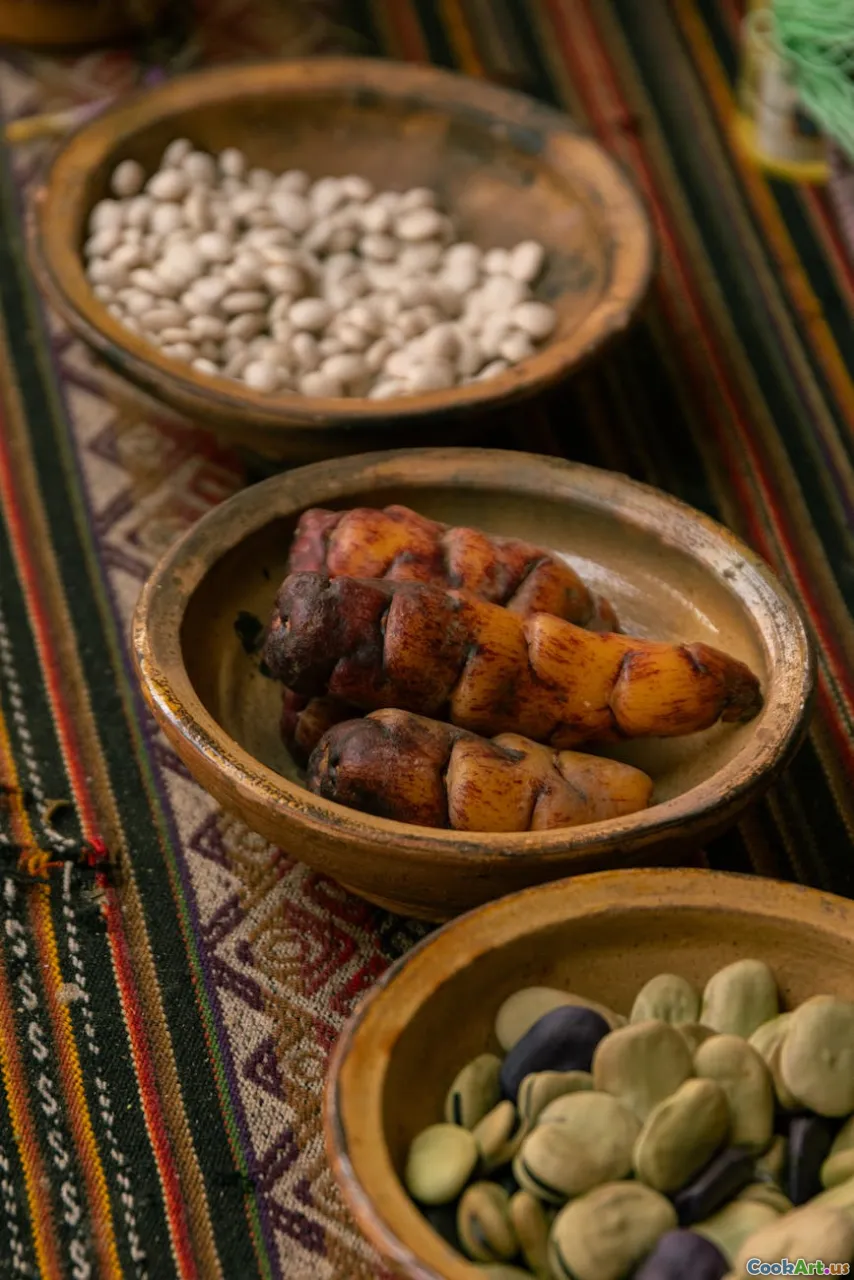Food as a Cultural Identity
4 min read Explore how food shapes cultural identity, reflecting heritage and uniting communities through diverse culinary practices. April 12, 2025 06:45
Food as a Cultural Identity
Food is more than sustenance; it is a powerful emblem of cultural identity. Each dish carries with it not just flavors, but also stories, histories, and traditions that reflect the unique essence of a community. Through food, we express who we are, where we come from, and even what we believe.
The Role of Food in Cultural Identity
Cultural identity is shaped by various elements, among which food holds a prominent place. Each culture has its own culinary practices rooted in geography, history, and societal norms. For instance, the Mediterranean diet, rich in fruits, vegetables, and healthy fats, reflects the region’s agricultural heritage and the importance of communal meals. Similarly, Japanese cuisine emphasizes seasonality and presentation, showcasing a deep respect for nature and harmony.
Food as a Storyteller
Every recipe has a story. The origins of dishes often trace back to historical events, migrations, or the blending of different cultures. Take, for example, the history of the empanada, which has Spanish roots but has evolved in various Latin American countries, adapting to local ingredients and tastes. This adaptability illustrates how food can serve as a canvas for cultural expression, telling stories of resilience, adaptation, and creativity.
Celebrations and Rituals
Food plays a critical role in celebrations and rituals, marking significant life events such as birth, marriage, and death. In India, for instance, weddings are elaborate affairs where traditional dishes are prepared to honor the couple and their families. Each dish, from biryanis to sweets, has cultural significance, reinforcing bonds and creating shared memories.
Culinary Heritage and Globalization
In a globalized world, the exchange of culinary practices has accelerated, leading to a fusion of flavors and techniques. While this can lead to the loss of traditional recipes, it also offers opportunities for cultural exchange. For instance, the rise of food trucks featuring fusion cuisines exemplifies how cultures can intersect and innovate. However, it is essential to approach this fusion respectfully, ensuring that the roots of traditional cuisines are acknowledged and preserved.
Preserving Culinary Traditions
As globalization influences food culture, the preservation of culinary traditions becomes increasingly vital. Many communities are actively working to safeguard their culinary heritage through initiatives such as cooking classes, food festivals, and community gardens. These efforts not only celebrate traditional recipes but also educate younger generations about the significance of their culinary heritage.
Conclusion
Food serves not only as nourishment but also as a vital component of cultural identity. It connects us to our past, shapes our present, and influences our future. By understanding and appreciating the stories behind our meals, we can foster a deeper connection to our communities and promote cultural diversity. As we savor diverse cuisines, we are not just tasting flavors but also partaking in the rich tapestry of human experience and identity.









